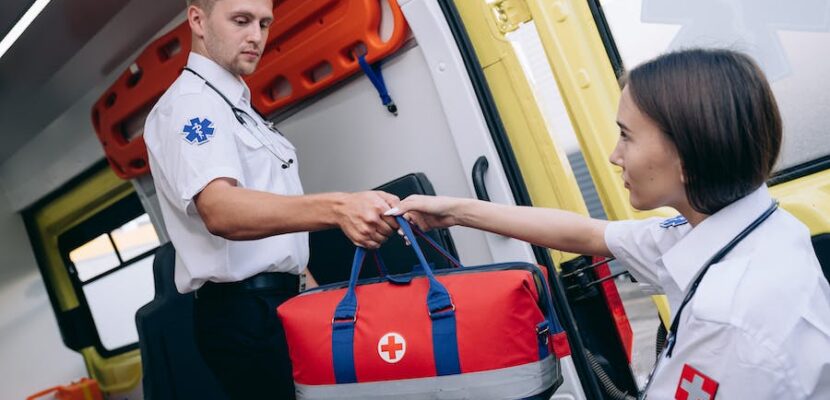
4 Tips for Starting a Career in Emergency Medical Services
- Mark Edwards ·
- 0 Comments ·
- November 28, 2023
The emergency medical services department (EMS) is one of the most challenging fields for healthcare professionals. However, equipping yourself with the relevant career training can make the job fulfilling. It’s also worth noting that the average paramedic’s career life is about 6.5 years, but this stat should not deter those planning to join the noble profession. Knowing what to do can prepare you for the journey while allowing you to overcome stress and burnout. Consider these essentials for starting a successful career in EMS.
- Go through the required training
Medical services form the backbone of a healthy society, serving about 25-30 million people in the United States yearly. Many people call emergency service technicians (EMTs) when they are sick or injured. Becoming a successful EMT requires you to take the necessary training to obtain advanced medical knowledge. While you can provide first-responder treatment service, you may need specialist support for advanced assistance. Many states have their own training programs for those looking to advance in this career path. Going through the necessary training will make you a pro in this field. - Know how to control situations
EMS professionals must learn how to control situations and serve as the calm in the storm. Plus, you should be kind and able to restore stability in cases that warrant panic. Use hope as a tool to reduce fear amid uncertainties. Another way to foster calmness is to breathe deeply and take charge of evolving situations in a way that calms people around you. Succeeding in EMS demands patience, kindness, and empathy. You can make a difference by ensuring you leave every situation better than you found it. Consider going for additional medical training to help improve your control over stressful medical conditions. - Always be ready
The EMS field can be demanding, so you always have to be prepared. This explains why hospitals usually keep top-tier healthcare transportation services like ambulances handy, ensuring EMTs are fully ready for anything. Your vital assistance could make a difference in life-threatening situations. Be ready to visit the front lines of disasters and calm a weeping child whose mom is going into an ambulance while working in a team. Fortunately, your training will help you make life-saving decisions until more advanced care arrives or a patient travels safely to the healthcare center. - Understand the difference between what you learned in school and what happens in the field
School-based emergency medical service curriculums often teach students how to care for critically ill or injured patients. However, note that the majority of patients you may handle will be far from critical. You may only make critical transports once weekly or monthly. The critical cases you may get will not be as cut and dry as you saw in school. The most common clinical symptoms don’t always appear– moreover, some patients may over-or under-dramatise their situation. Medical schools usually focus more on respiratory, cardiac, and trauma patients, but don’t be surprised to take care of psych patients more often than you anticipated. Try to pay attention to the best practices for transporting and treating psych patients
